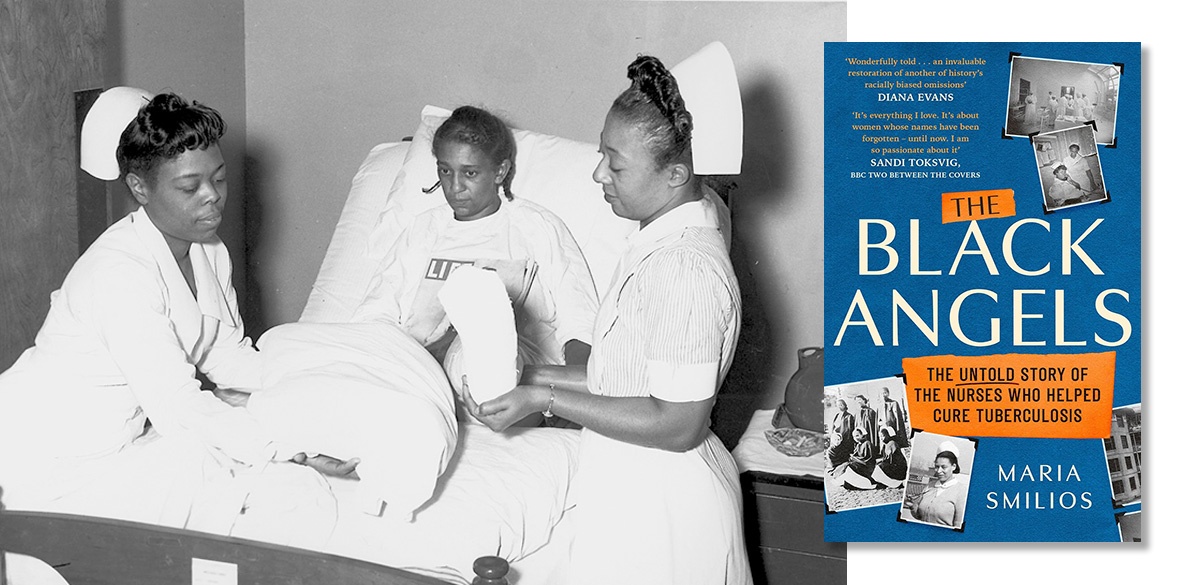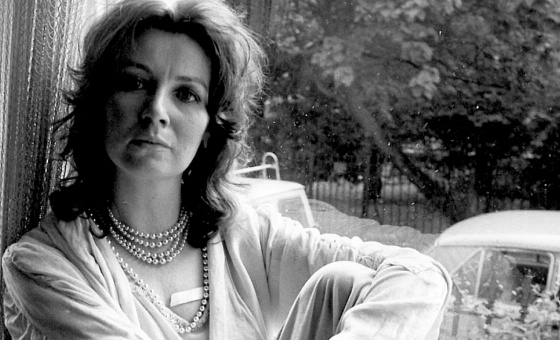This is the last article you can read this month
You can read more article this month
You can read more articles this month
Sorry your limit is up for this month
Reset on:
Please help support the Morning Star by subscribing here
The Black Angels: The untold story of the nurses who helped cure tuberculosis
Maria Smilios, Virago, £12.99
THE BLACK ANGELS provides “an invaluable restoration of another of history’s racially biased omissions”, as the book’s front cover explains.
Black nurses faced the challenges of working with tuberculosis (TB) patients before there were effective cures, challenges that were compounded by their experiences of racial discrimination in the community as well as in the workplace. This is the remarkable story of their courage and determination, in the face of these challenges.
Caring for TB patients was highly dangerous at the time that the book opens, in 1929, when TB was a highly infectious and effectively incurable disease. As a result, white nurses were leaving Sea View, the Staten Island hospital (off New York City) where so many TB patients were being treated. So, black nurses from the Southern states of the US were being recruited in their place.
They formed part of the Great Migration north, moving to escape the horrors of “Jim Crow” racism, searching for wider opportunities elsewhere. But racial discrimination still persisted in the North, as well. There were job opportunities, it was true, but these were severely limited. Black nurses’ struggles for equal opportunities provide a continuing theme throughout the book, alongside their involvement in a series of attempts to develop an effective cure for TB, over the coming three decades.
The stories of individual nurses and their families bring the book to life, from the migration of Edna Sutton from Savannah, Georgia, through to the story of her niece, Virginia Allen, who finally retired from nursing in 1995. These nurses struggled for opportunities and recognition at work, as well as struggling against discrimination in housing, facing stubborn resistance when they attempted to buy homes in previously white dominated neighbourhoods. But they persisted.
The Epilogue includes the account of how Missouri, one of the nurses who had originally faced such resistance, toughed it out. She eventually even came to care for Mr Cofano, the white resident who had organised a petition to try to stop her from moving in many years earlier.
Meanwhile, some progress against discrimination had also been made in the workplace. There were more opportunities for training and promotion for black nurses, for instance, by the time that Sea View finally closed, when the last patients left in 1961.
The nurses’ struggles were interwoven with the history of a series of attempts to find effective cures for the deadly disease. There were numerous false starts, drugs which had seemed promising initially, only to turn out to become less effective over time, too often accompanied by the most appalling side effects. There are sections of this book which are most definitely not for the squeamish, detailed accounts of some of the early “treatments” along with detailed accounts of the side effects of some of the “wonder drugs” that were being tested.
There are parallel accounts of some of the doctors and scientists who struggled to develop more effective medications, along with accounts of their interactions with the pharmaceutical companies who were hoping to profit from their discoveries. Ironically, one of the key components of the drugs that turned out to be most effective emerged as having been discovered much earlier. So, there was no patent for that particular component.
Major progress was eventually made, combining different drugs to tackle TB, without producing horrific side effects for the patients. This had absolutely not been achieved by men in white coats, working in laboratories on their own. Teamworking had been crucial. The nurses’ careful monitoring of their patients was essential to the whole process, along with their care of these patients, despite the extreme risks to their own health — which was why patients referred to them as the Black Angels. Still, I would have liked to know more about the nurses’ contributions to the trials themselves too.
The structure of the book itself could also provide challenges for the reader. The narrative keeps switching between Sea View and the different attempts to find an effective cure for TB on the one hand, and the nurses’ own stories and their struggles against discrimination, on the other. It requires concentration to follow the different threads. And some of the threads involve their own challenges for the squeamish.
Overall, though, this is a remarkable book, restoring another of history’s racially biased omissions. So, this should be of interest to Morning Star readers, and especially those with an interest in health-related issues too.







